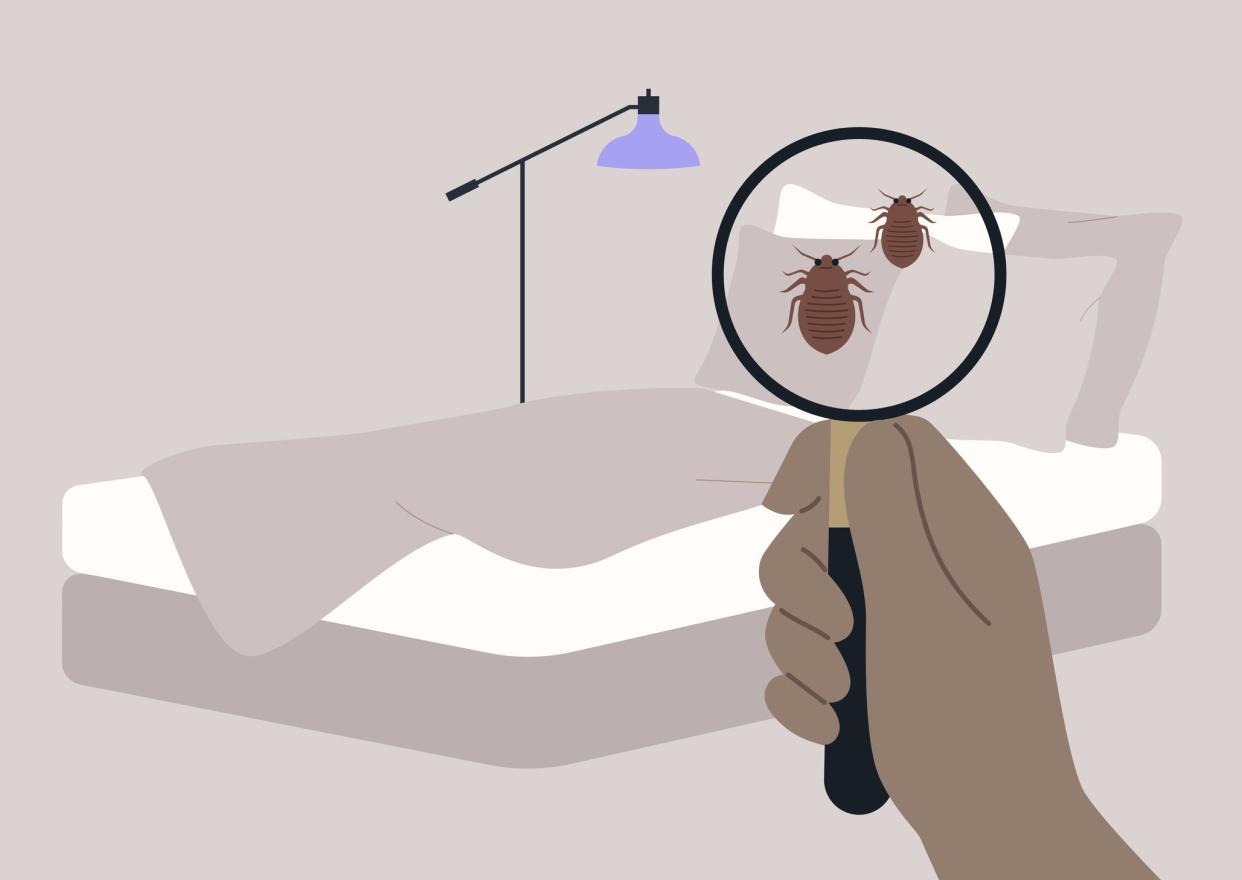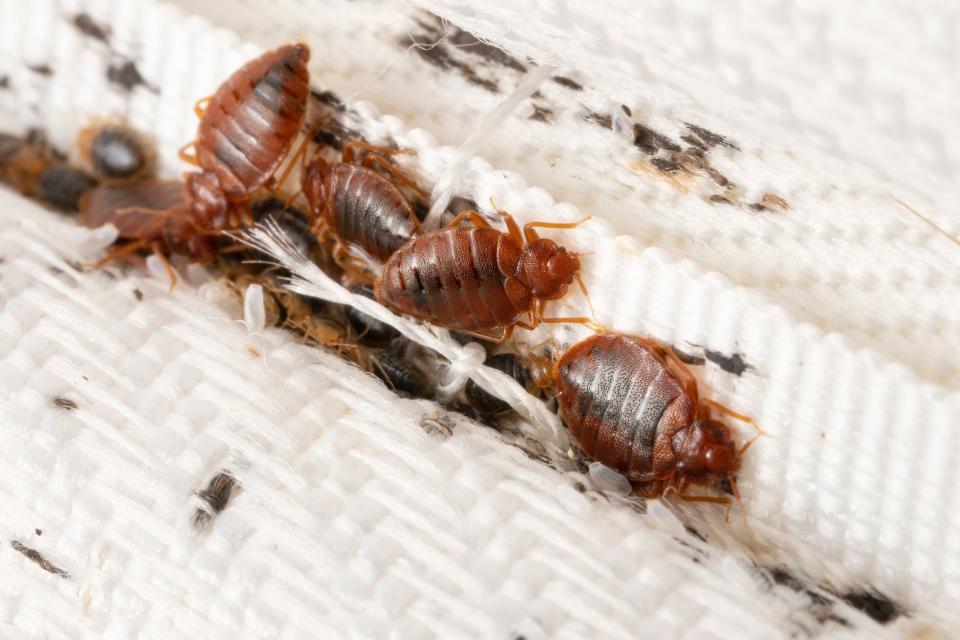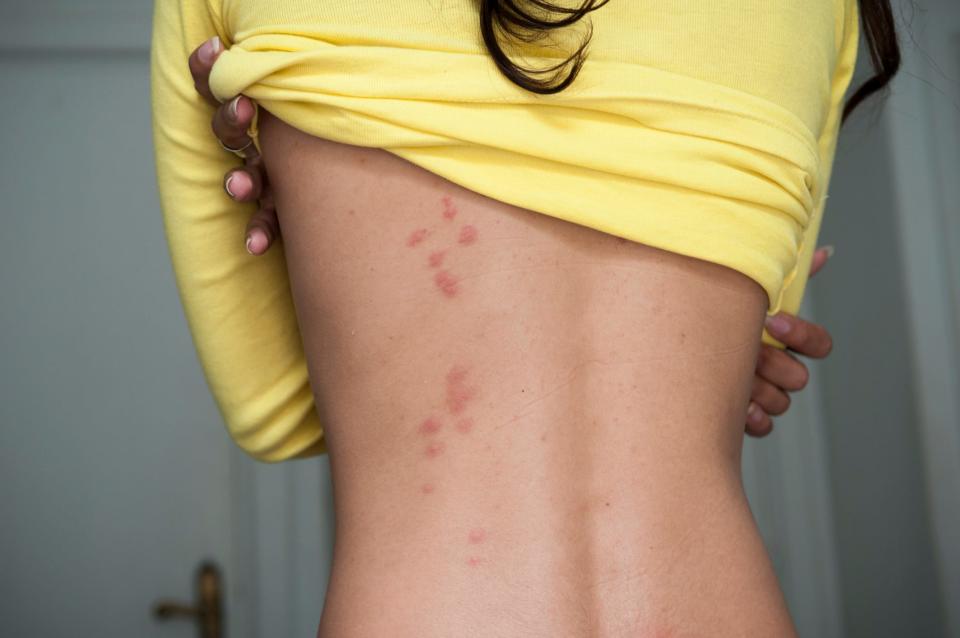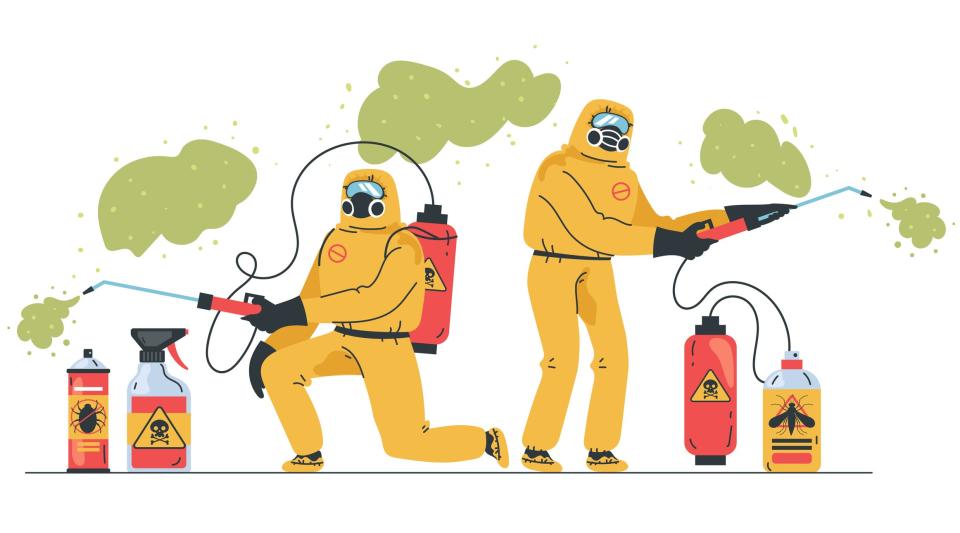Sleep tight, don’t the the bedbugs bite: Orkin lists the worst cities for bedbugs in US

Bedbugs are a traveler's fear and homeowner's nightmare. You're not likely to escape them completely in most states across the U.S. but you may be more likely to encounter them in some cities than others.
In its yearly list of the 50 worst American cities for bedbugs, pest control company Orkin once again ranked Chicago at the top, securing the first-place spot for the fourth year in a row.
New York and Philadelphia also held their rankings as numbers two and three on the list, followed by the Cleveland-Akron metro area and Los Angeles. Some cities occupying lower spots on the list overall saw large jumps between this year and last, like Greensboro, NC, which moved up 25 spots and Milwaukee, which jumped up 15.
In better news, some cities moved down the list, having improved their handle on the bedbug population. San Fransico moved down on the list 19 spots, followed by Buffalo, NY, which moved down 13 spots.
The list, which covers both residential and commercial buildings, is based on Orkin treatment data from major metro areas from Dec. 1, 2022, to Nov. 30, 2023.
Is your city on the list? Did it move up or down? Check here.
Last year's bedbug list: These US cities have the worst bedbugs problems in the nation, according to Orkin
Worst bedbug cities in the nation in 2024, according to Orkin
Chicago
New York
Philadelphia
Cleveland-Akron, OH
Los Angeles
Detroit
Washington, D.C. (+2)
Indianapolis (-1)
Charlotte (+5)
Champaign, IL (+1)
Columbus, OH (-1)
Cincinnati (+1)
Atlanta (+3)
Grand Rapids, MI (-2)
Denver
Baltimore (-8)
Richmond, VA (+9)
Greensboro, N.C. (+25)
St. Louis (+6)
Youngstown (+7)
Pittsburgh (-3)
Dallas-Ft. Worth (-5)
Flint, MI (-2)
Raleigh-Durham (-4)
Milwaukee (+15)
Charleston, W.V. (-7)
Greenville, SC (-3)
Norfolk, VA (-5)
Davenport (+8)
Nashville (+3)
Tampa (+10)
Toledo (+6)
Dayton, OH (+1)
Knoxville (-4)
Las Vegas (new to list)
Omaha, NE (-4)
South Bend, IN (-9)
Houston (+6)
Cedar Rapids, MI (-8)
Ft. Wayne, IN (-5)
San Francisco (-19)
Buffalo, NY (-13)
Harrisburg (-7)
Seattle (-5)
Miami
Orlando (+1)
Minneapolis (new to list)
Oklahoma City (new to list)
Louisville, KY
Lexington, KY (-4)
What are bedbugs and how do you get them?

Bedbugs are insects that feed on human blood, resulting in red, itchy bite marks. These mostly nocturnal pests are round, measure about 5 millimeters long as adults and are a red to dark brown color.
Bedbugs cannot fly but do travel efficiently, clinging to clothing, purses, luggage, bed sheets, furniture and other fabric surfaces. They are considered a public health pest by the Environmental Protection Agency (EPA), the Centers for Disease Control and Prevention (CDC), and the United States Department of Agriculture (USDA), though they are not known to carry or transmit diseases like other such pests.
Bedbugs are resilient and multiply quickly, according to Orkin, as female bed bugs can deposit up to five eggs a day and lay 200 to 500 eggs in their lifetime. They can also survive several months without food but are likely to emerge the moment a food source, meaning humans or animals, becomes available.
Because they travel so well, bedbugs are likely to follow you home on personal items like bags and clothes. You're most likely to pick them up from places where people sit or hang out often, such as bus and train seats, airplanes, movie theater cushions and public furniture.
Once in your home, they can attach to multiple fabric surfaces but are known specifically for hiding in mattresses, box springs, bed frames and bedding, hence the name "bedbugs."
How to avoid bedbugs

Most people can agree that preventing bed bugs is better than treating them once they've already taken hold in your house. To avoid them, the EPA suggests:
In-home prevention:
Check for signs of bed bugs in any secondhand or newly acquired furniture.
Put a protective cover on your mattress and box spring and consider getting a pretreated mattress cover.
Consider getting a plain, light-colored mattress cover and bedding to make spotting bugs easier.
Be extra careful in shared laundry facilities.
Vacuum and clean your home frequently.
Reduce clutter, which reduces the spots bedbugs have to hide.
Travel prevention:
Bedbugs are often a big consideration when traveling. To avoid bringing them back as unwanted souvenirs, the U.S. Department of Health and Human Services suggests:
Put your luggage on a rack or in a dry bathtub, avoid placing bags on or near the bed and other furniture.
Check for signs of bed bugs in the bedding, along the edges and seams of mattresses, box springs and bed frames.
Check the furniture near the bed where they could be hiding.
How to get rid of bedbugs
All hail the Chicago 'Rat Hole': People leave offerings at viral rat-shaped cement imprint

Bedbugs can sometimes be mistaken for other insects and vice versa, meaning the first step to treating them is making sure you actually have them, according to the EPA.
Adult bed bugs are about the size of an apple seed, long and brown with flat, oval-shaped bodies if not recently fed and balloon-like, reddish brown and more elongated if recently fed. Young bed bugs are smaller, translucent and whiteish-yellow. Eggs are tiny, about the size of a pinhead, and pearl-white.
Some signs you may have bedbugs include:
Rusty, brownish-red stains on your bedding or mattress.
Bedbug poop which appears as small, dark spots on your mattress or other bedding.
Traces of tiny white eggs or eggshells.
Small, yellowish-white skins left behind after shedding.
A sweet, musty smell.
To get rid of bedbugs, the EPA suggests:
Use heat by washing bedsheets, clothing, linens and curtains in hot water and putting them in the dryer on the hot setting for at least 30 minutes.
Use a steam cleaner with a temperature of at least 130o F. Use it on cracks and fabrics to treat carpets, baseboards, bed frames, and other furniture.
Vacuum your bed and the area around it often. Dispose of the contents outside.
Encase your mattress in a bedbug mattress cover and keep it on for at least a year.
Touch base with a professional exterminator.
Contributing: Natalie Neysa Alund, USA TODAY
This article originally appeared on USA TODAY: Major US cities are some of the worst for bedbugs, Orkin says

